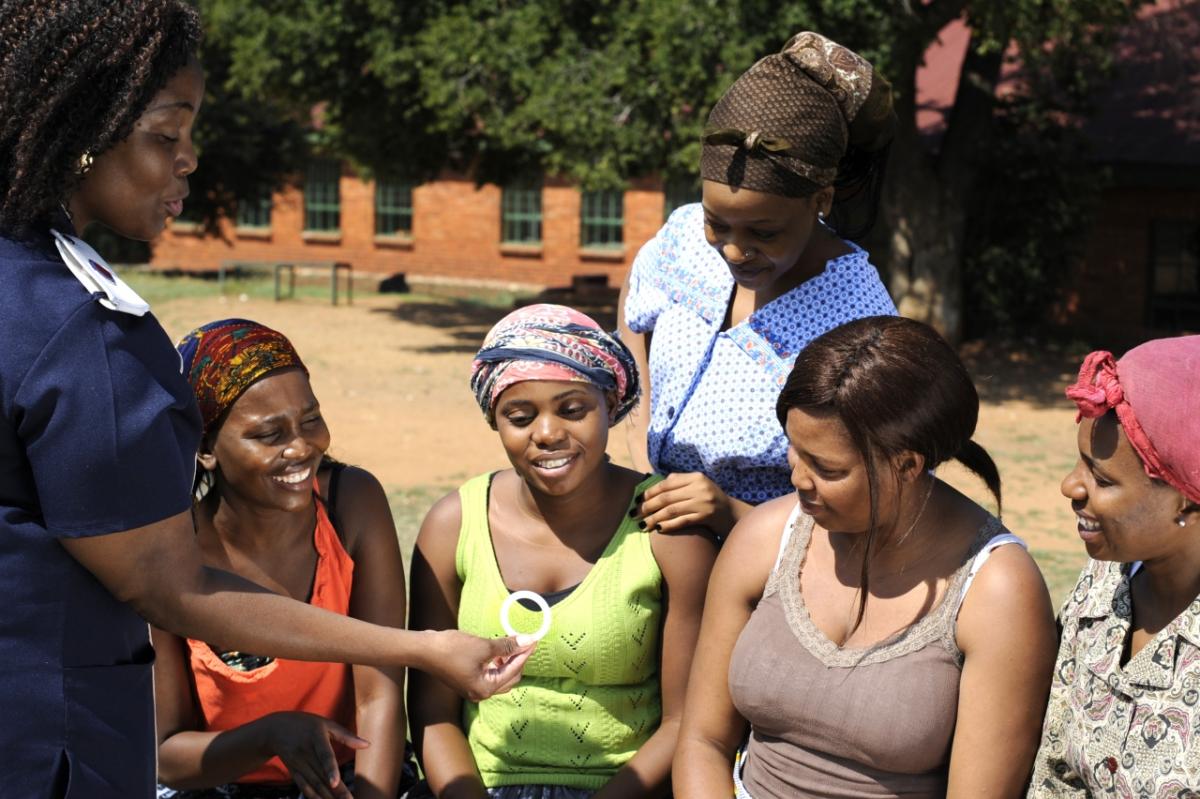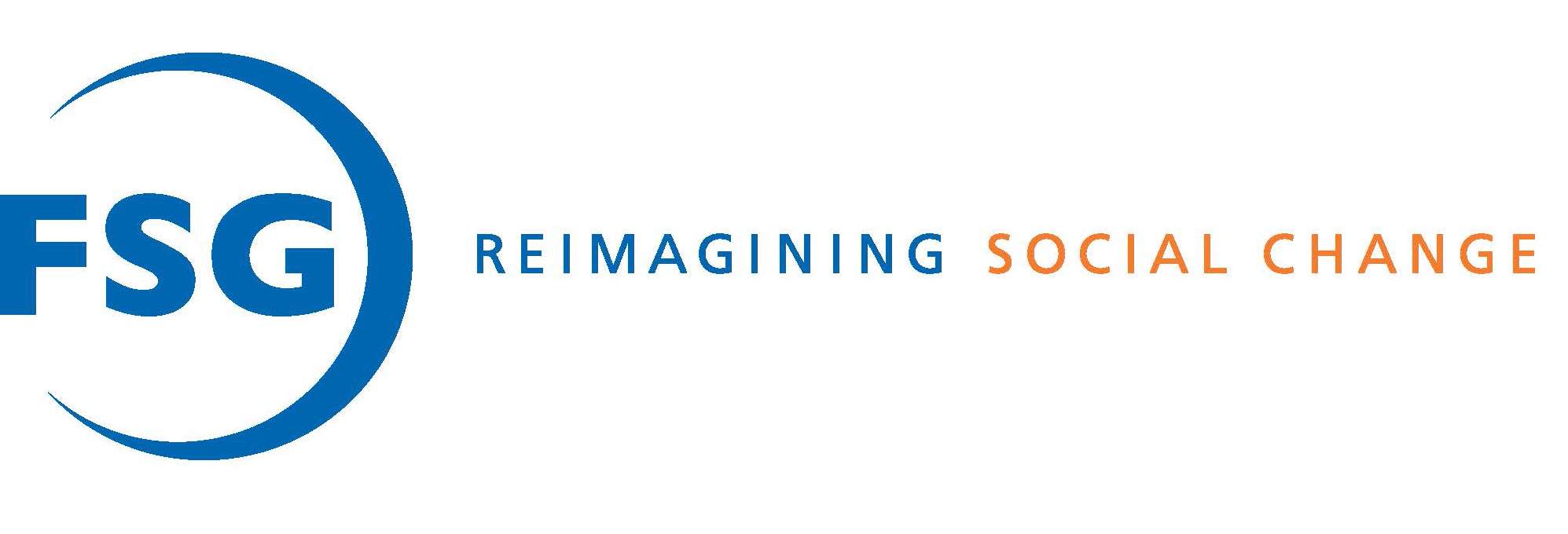The Dapivirine Ring: The Next Frontier in HIV Prevention

Originally published on fsg.org
While we have made tremendous strides against HIV over the past several decades, one challenge has remained persistently unaddressed—the ability of women to protect themselves, and others, against HIV.
For too long, the decision to use prevention has been controlled by men, either directly or indirectly through their ability to withhold agreement to condom use even if a female partner requests it. To expect that we can control HIV without options for women, who account for 52 percent of HIV prevalence in sub-Saharan Africa, is to expect the impossible.
Thankfully, recent innovations are looking to address that gap. Oral PrEP, a daily pill that when taken consistently reduces the risk of HIV transmission upwards of 90 percent, is increasingly seen as a prevention product for women, adolescent girls and young women (AGYW) who are at high-risk for HIV. Countries like Kenya are taking the lead in making oral PrEP broadly accessible for women through projects like Bridge to Scale. And now, a new product, designed specifically for women, is nearing market availability (pending regulatory review).
The dapivirine ring, developed by the International Partnership for Microbicides, is the first of its kind—a vaginal ring that slowly releases the anti-retroviral drug dapivirine over the course of a month to reduce the risk of HIV transmission for women and girls and their partners.
This product holds tremendous promise. As one participant in a stakeholder consultation noted, “Using condoms is not so easy. If you try and negotiate, it’s like you’re saying you’re not being faithful. [Ring and oral PrEP] would give me ownership. I don’t have to tell my partner I’m using them.”
And product development is already underway to create a ring that will only need to be replaced every 3 months (instead of monthly) and to create a ring that would combine contraception and HIV prevention so that women can use a single product that lasts 3 months to offer comprehensive protection.
This ring, however, is brand new in the African context—there have been no significant efforts to-date to rollout a vaginal ring product. Most women are unfamiliar with rings, how to use them, and how safe they are. Doctors are also likely to be uncertain about recommending a new and unfamiliar product. Indeed, we have already seen this hesitancy with products like tampons, which are now universally accepted but historically created significant uncertainty among end users and healthcare workers alike and took time to reach scale.
However, we cannot let these questions stop us from experimenting with how to make the best of the new options we may soon have available. In fact, there are also a number of unknowns that may make the ring more effective than we anticipate. For example:
- Relative to HIV prevention options that result in more systemic drug absorption in the body (like oral PrEP or an injectable form that is still in development), the ring may be easier and cheaper to deliver because it does not require significant laboratory testing before, during, and after use. Could this broaden the potential reach of the ring because it can be made accessible in outside of high-resource clinical settings? Does the ring have better reach into rural areas? Or non-clinical settings like schools, mobile clinics, or workplaces?
- While the ring will be a brand new product for most women, that may be a benefit rather than a deficit. Does the introduction of a brand new product formulation give practitioners the opportunity to build a new and more attractive brand and avoid some of the stigma that is associated with existing HIV prevention options?
- As a monthly product, the ring enables women to receive consistent protection against HIV while only taking action once per month. Especially for younger women, who lead busy and dynamic lives that may not enable daily adherence to a product like oral PrEP, the ring may be an option that better fits their lifestyle and preferences. How will the ring support greater adherence, which is a persistent challenge with daily pill products?
No one product will be perfect for anyone. Instead, we need to do our best to make all products accessible to all women, so that they can choose for themselves the options that best meet their needs and fit into their lives. We need to move quickly and effectively to ensure access to this new, incredible innovation.
In the next year, as the ring is under regulatory review, everyone has a role to play to prepare for ring implementation.
- National Ministries of Health can take the lead to include the ring in HIV prevention plans and put their full effort behind making it available to women at high-risk of HIV transmission.
- NGOs, healthcare practitioners, and advocates operating in high-burden countries can encourage policy makers to adopt the ring, share information about the ring with potential users and explore opportunities to integrate the ring into HIV prevention programming for women. Experimenting with making the ring available, especially in non-clinical environments or to younger women for whom a daily pill may be less ideal, will help to define how multiple HIV prevention options can be deployed together as a package most effectively.
- In addition, donors need to move quickly in the next year to prepare for early implementation of the ring once regulatory review processes are complete. Donors are a critical piece of the picture, to support innovative pilots, encourage and support national rollouts, and support the research, knowledge sharing and collaboration needed to make these efforts successful.
As Mitchell Warren, executive director of AVAC—one partner in the OPTIONS Consortium—notes:
“The imperative now is to accelerate product development and delivery to have real impact on the epidemic. With more than 17,000 women newly infected with HIV each week, we must go even faster, be more strategic, and more creative than ever before.”
Only by working together to accelerate access to the ring and the whole portfolio of new HIV prevention options we will stand a chance of achieving our global goal—to eliminate HIV by 2030.

